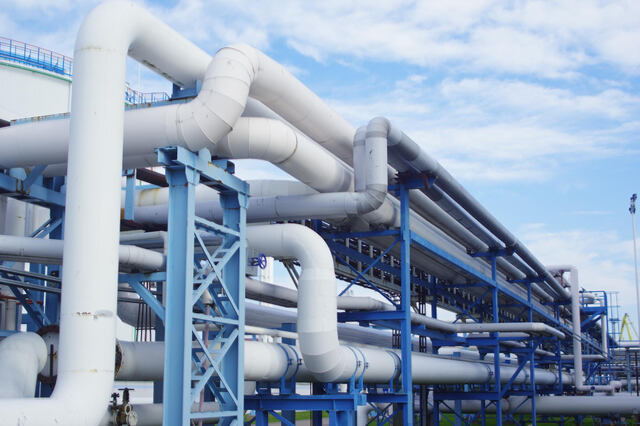Unveiling Silent Solutions: A Definitive Guide to Water Pump Station Noise Reduction
Introduction: In the dynamic realm of water pump stations, where functionality takes center stage, the persistent challenge of noise pollution calls for innovative solutions. The constant hums and vibrations from water pump stations can disrupt nearby communities, impacting both residents and the environment. In this comprehensive guide, we explore strategies and technologies tailored for achieving effective water pump station noise reduction.
Section 1: Grasping the Impact of Water Pump Station Noise
pollution originating from water pump stations can lead to a myriad of issues, including disturbances in residential areas, potential health concerns, and environmental repercussions. Understanding the gravity of these challenges is the initial step towards implementing noise reduction measures that truly make a difference.
Section 2: Identifying Key Contributors to Water Pump Station Noise
Before delving into noise reduction strategies, it’s vital to comprehend the factors contributing to the noise generated by water pump stations. Essential elements include pump design, motor efficiency, pipe vibrations, and the overall infrastructure. Pinpointing these factors is crucial for devising targeted noise mitigation solutions.
Section 3: Cutting-Edge Technologies for Water Pump Station Noise Reduction
a) Acoustic Enclosures: Surrounding water pump stations with acoustic enclosures proves highly effective in minimizing noise propagation. These enclosures are specifically designed to contain and absorb sound, mitigating its impact on the surrounding environment.
b) Vibration Isolation Technology: The use of vibration isolators plays a pivotal role in noise reduction by preventing the transfer of vibrations from pumps and motors to the surrounding structures. These technologies effectively decouple pump components, reducing the overall noise output.
c) Variable Frequency Drives (VFDs): Employing VFDs allows for precise control of pump speeds, minimizing the need for constant high-speed operation. This not only enhances energy efficiency but also contributes to noise reduction by operating pumps at lower, quieter levels during periods of lower demand.
d) Noise-Attenuating Materials: Integrating noise-absorbing materials within pump stations helps dampen sound waves. Strategically placing these materials significantly reduces noise levels, providing a more serene environment for nearby residents.
Section 4: Optimal Practices for Water Pump Station Noise Management
a) Regular Maintenance: Consistent maintenance of pumps and associated machinery is crucial for noise reduction. Regular inspections, proper lubrication, and prompt repairs prevent the development of issues that could lead to increased noise levels.
b) Landscaping as a Natural Barrier: Planting trees and shrubs strategically acts as a natural sound barrier, aiding in absorbing and deflecting noise away from residential areas. This eco-friendly approach not only supports noise reduction but also enhances the visual appeal of the surroundings.
c) Community Engagement: Involving the local community in noise reduction initiatives fosters a collaborative approach. Understanding the concerns and preferences of residents can lead to more effective and community-friendly noise mitigation strategies.
Section 5: Compliance with Regulatory Standards Adhering to established noise regulations and standards is imperative for water pump station operators. Familiarizing themselves with local, state, and federal guidelines ensures that noise reduction efforts are not only effective but also compliant with legal requirements.
Conclusion:
In the pursuit of effective water pump station noise reduction, a holistic approach is paramount. By integrating cutting-edge technologies, adopting optimal practices, and engaging with the local community, water pump station operators can establish a harmonious balance between functionality and environmental considerations. As the focus on sustainable practices persists, the journey toward quieter and more efficient water pump stations becomes an integral part of responsible infrastructure management.







